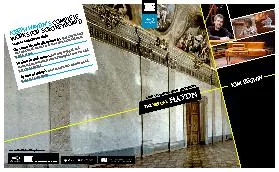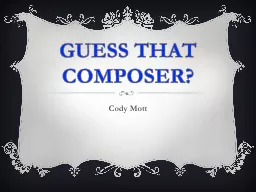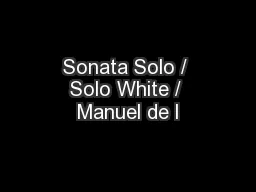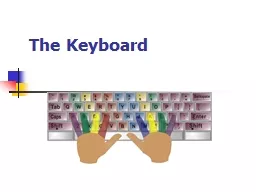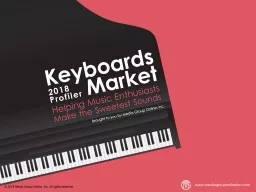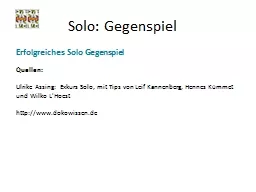PDF-The VirTualHAYDNcomPleTe Works For solo keyBoarD
Author : stefany-barnette | Published Date : 2015-08-05
Tom BeGhin wwwnaxoscomwwwTheVirtualhaydncom ayDnx2019s comPleTe Works For solo keyBoarD n seven historical keyboards specially built by four renowned masterartisans
Presentation Embed Code
Download Presentation
Download Presentation The PPT/PDF document "The VirTualHAYDNcomPleTe Works For solo ..." is the property of its rightful owner. Permission is granted to download and print the materials on this website for personal, non-commercial use only, and to display it on your personal computer provided you do not modify the materials and that you retain all copyright notices contained in the materials. By downloading content from our website, you accept the terms of this agreement.
The VirTualHAYDNcomPleTe Works For solo keyBoarD: Transcript
Download Rules Of Document
"The VirTualHAYDNcomPleTe Works For solo keyBoarD"The content belongs to its owner. You may download and print it for personal use, without modification, and keep all copyright notices. By downloading, you agree to these terms.
Related Documents

